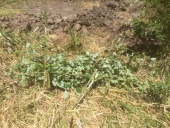
 5
5





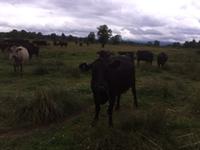
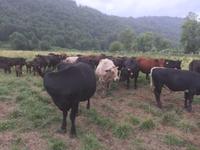

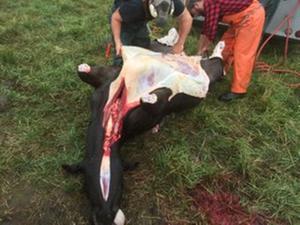
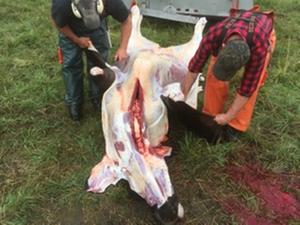
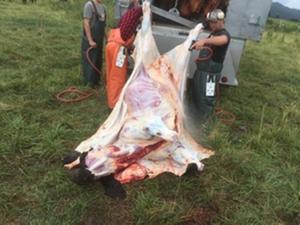
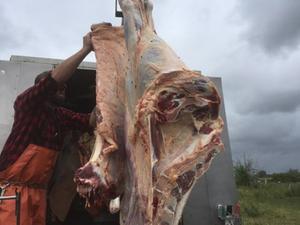
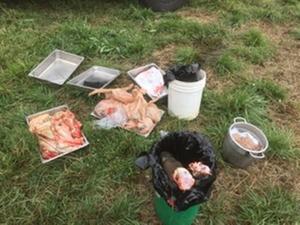
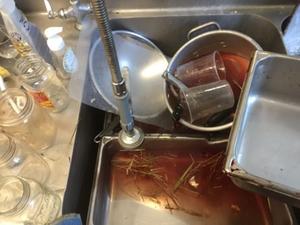
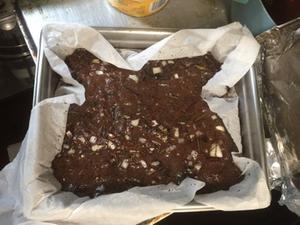
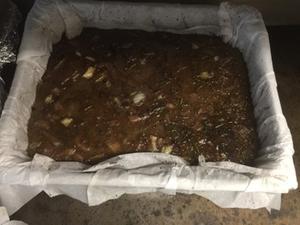
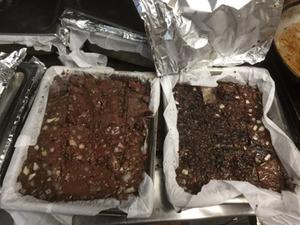
Dave's SKIP BB's / Welcome to Permies! / Permaculture Resources / Dave's Boot Adventures & Longview Projects














 3
3




Sourdough Without Fail Natural Small Batch Cheesemaking A Year in an Off-Grid Kitchen Backyard Dairy Goats My website @NourishingPermaculture @KateDownham






 7
7






 1
1




Sourdough Without Fail Natural Small Batch Cheesemaking A Year in an Off-Grid Kitchen Backyard Dairy Goats My website @NourishingPermaculture @KateDownham






 4
4




Sourdough Without Fail Natural Small Batch Cheesemaking A Year in an Off-Grid Kitchen Backyard Dairy Goats My website @NourishingPermaculture @KateDownham










Sometimes the answer is nothing





Dave's SKIP BB's / Welcome to Permies! / Permaculture Resources / Dave's Boot Adventures & Longview Projects


















Come join me at www.peacockorchard.com
 1
1




wayne fajkus wrote:Dave, my first cow slaughter will be early September. Rendering lard and bone broth are 2 things i will be interested in doing.
The cow in your picture looked small. Is it young or a miniature breed?
"The only thing...more expensive than education is ignorance."~Ben Franklin. "We can easily forgive a child who is afraid of the dark; the real tragedy of life is when men are afraid of the light." ~ Plato
 5
5





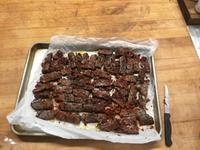
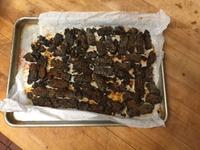
Dave's SKIP BB's / Welcome to Permies! / Permaculture Resources / Dave's Boot Adventures & Longview Projects














 1
1




 3
3




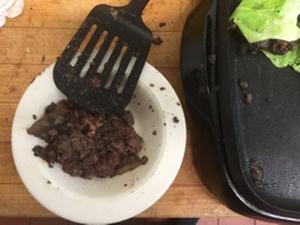
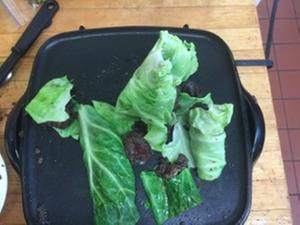
Dave's SKIP BB's / Welcome to Permies! / Permaculture Resources / Dave's Boot Adventures & Longview Projects














 1
1




wayne fajkus wrote:The cow in your picture looked small. Is it young or a miniature breed?

 3
3




Works at a residential alternative high school in the Himalayas SECMOL.org . "Back home" is Cape Cod, E Coast USA.





It is a privilege to live, work and play in the traditional territory of the Salish People.
Now drop and give me 52... ~ Come Join the permies Shoecamp! ~ All about Permies, including Tutorials ---
Twenty bucks off the homesteading bundle for the next 72 hours!
 3
3













Ellendra Nauriel wrote:I used to make a beef blood gravy when money was really tight. Some butchers will give away beef blood if you ask nicely. Others will charge a small fee, but even then its cheap. When making gravy, it doesn't matter if the blood has congealed.
To make gravy, saute the blood in a little butter or other fat until it solidifies and changes color. Use a spoon or spatula to chop it into tiny bits, and continue cooking until it browns and looks like finely-crumbled hamburger.
From that point on, you can treat it like hamburger, using any recipe you like. I keep it simple and make a roux, then mix in some broth or milk to make the gravy.
This would probably work just as well with other species' blood, but I've never tried that.





If someone ever makes the Avengers of gardeners, my goal is to make that team!
 2
2




 2
2





|
I am displeased. You are no longer allowed to read this tiny ad:
Learn Permaculture through a little hard work
https://wheaton-labs.com/bootcamp
|



